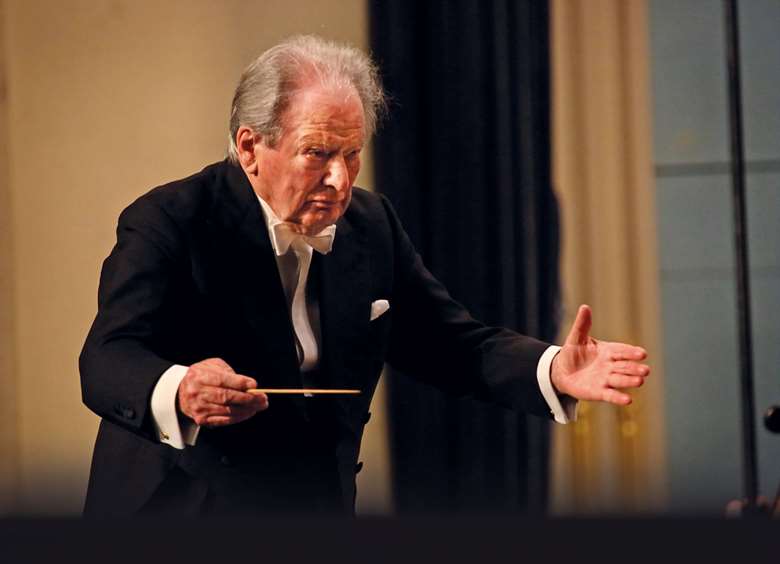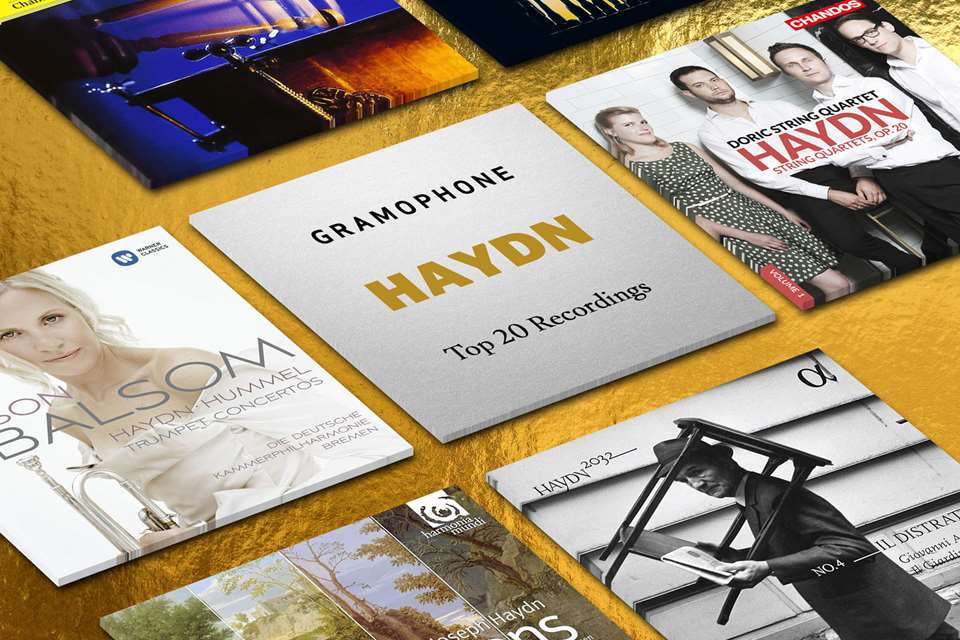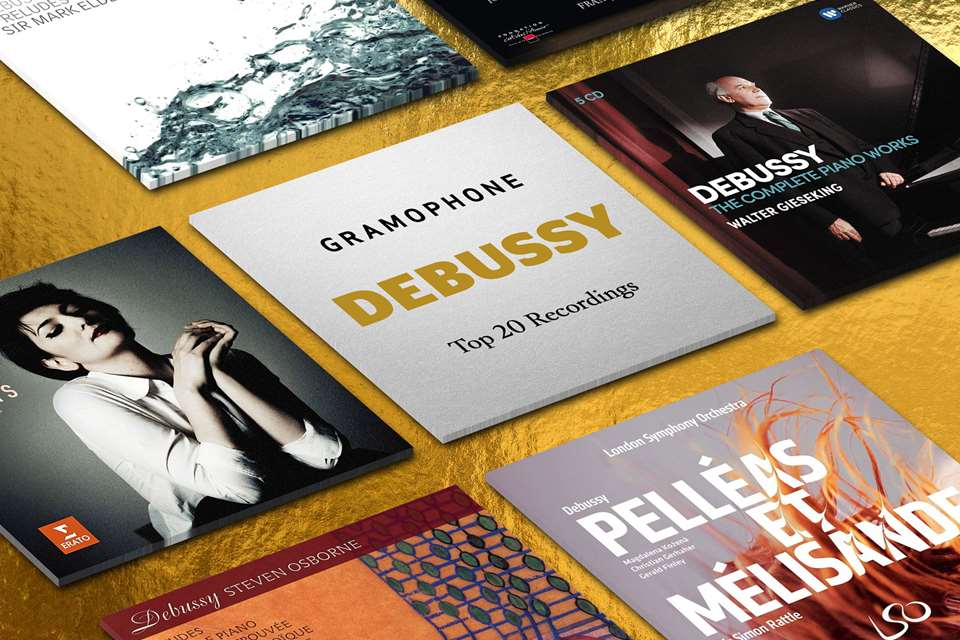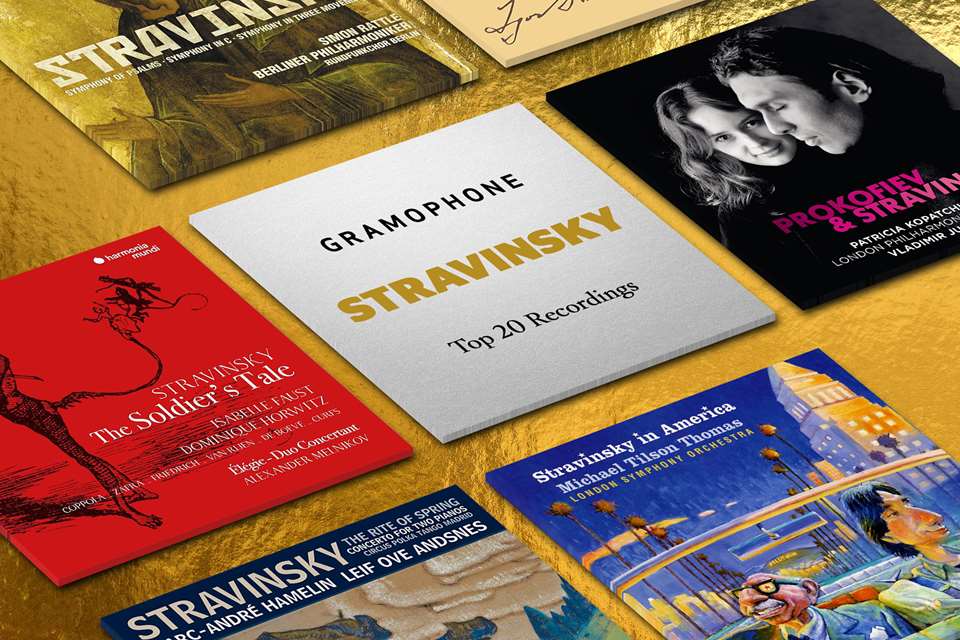Sir Neville Marriner at 100: A Beacon of Excellence
Richard Osborne
Friday, April 19, 2024
Sir Neville Marriner, who would have celebrated his 100th birthday this April, was a central pillar of post-war British music-making, maintaining consistency and distinction despite the shifting sands of a rapidly changing musical landscape

Register now to continue reading
Thanks for exploring the Gramophone website. Sign up for a free account today to enjoy the following benefits:
- Free access to 3 subscriber-only articles per month
- Unlimited access to our news, podcasts and awards pages
- Free weekly email newsletter














